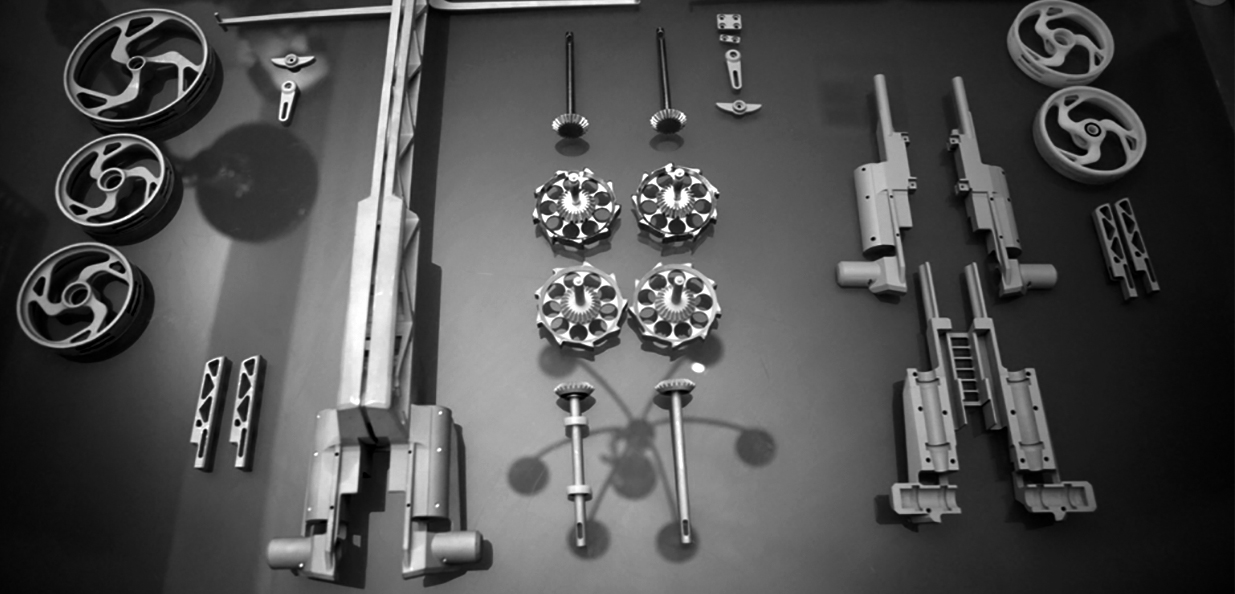Typical Design and Engineering considerations
Layout; number of wheels; drive wheels and free wheels
Drive Train and Rubber Strip configuration (geared drive vs. direct drive etc.)
Wheel diameters (circumference x number of winds = distance)
Wheel base and track,
Rolling resistance
Traction
Power vs. weight
Acceleration
Top Speed
Torque
Performance requirements for each event
Transmissions
Bearings, bushings, shafts and all hardware
Winding method
RC components, function and placement
Steering geometry
Brake components
Driving skills and driving techniques
Structure, Chassis Rigidity vs. Body Flexion
Materials: woods, metals, plastics, composites, etc.
Methods of manufacturing, attachments and adhesives
Dynamic forces and loads
Weight to strength ratio
Durability Resilience; impact survival
Center of Gravity, weight distribution, rolling resistance
Kinetics/Motion, moving parts in an assembly
Steering geometry
Brake components
Driving skills and driving techniques
Aesthetics
Performance Testing and Reliability
Aerodynamics

